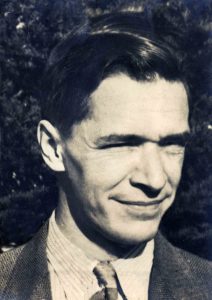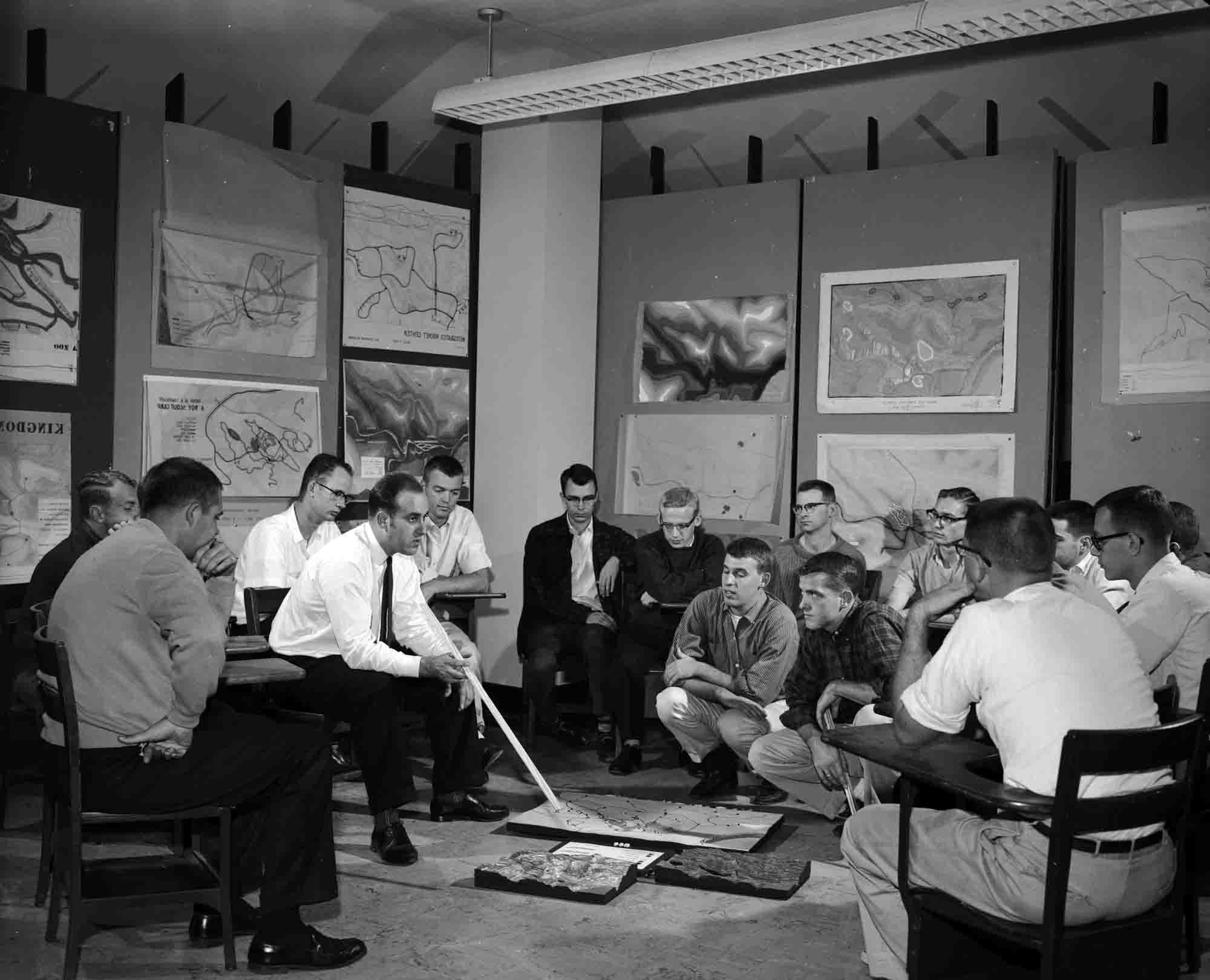 Two UNC alumni have compiled a comprehensive, entertaining history of Carolina’s city and regional planning department, which was the seventh planning program in the country, first in the South, and the first to be based in the social sciences.
Two UNC alumni have compiled a comprehensive, entertaining history of Carolina’s city and regional planning department, which was the seventh planning program in the country, first in the South, and the first to be based in the social sciences.
The 186-page book, The School That Jack Built: City and Regional Planning at the University of North Carolina at Chapel Hill 1945-2012 by Edward J. Kaiser ’66 and Karla Rosenberg ’12, is peppered with observations and anecdotes by alumni and faculty, along with 100 photos of people, occasions and places. The co-authors started working on the book in 2010, culling through boxes of materials including scrapbooks, photos and course catalogues, as well as interviewing faculty and alumni.
The “Jack” in the title is Jack Parker, a native of Novia Scotia who was hired in 1945 to start a planning program at UNC before he had even finished his own master’s degree at MIT. He led the department until his retirement in 1974, and continued as an informal adviser to faculty and alumni for another 25 years.

Co-author Kaiser, who graduated from UNC’s doctoral planning program and then taught there for 35 years, called Parker “a people person.”
“He was very interested in people and their aspirations, and began mentoring students while recruiting them to UNC, continuing through their tenure at Carolina and, for many alumni, well into their careers,” Kaiser said. “He was known for having parties in his backyard garden (a photo of the Ransom Street garden is pictured on page 20), and he would encourage students, asking them, ‘What do you want to do in life?’ He did that well into the 1990s.”
Co-author Rosenberg, who has a master’s in social work and city and regional planning from UNC, is interested in pursuing a career in historic preservation. She said the program’s placement in the social sciences sets it apart and makes it special.
“We refer to a quote in the book about how the program really needed to be in a place that emphasizes critical thinking and the humanities, because you are dealing with people and not just hard infrastructure,” she said. “I think that has been really good for the department — that openness to people from different backgrounds — business, architecture, even biology. We can all bring something to the table.”

The history of one department also provides a window into big changes happening at the University at the time, like when women and African-American students were admitted for the first time. One of the photo “gems” the duo uncovered in their treasure hunt appears on page 50 of the book. It’s a picture of alum Pam (Jewett) Hitchcock ’58 smoking a pipe.
Rosenberg said they found the photo glued to a piece of construction paper. Women were not allowed to enroll as undergraduate students in the College of Arts and Sciences prior to 1963, but they did enroll in graduate programs. Between 1946 and 1960, 20 women enrolled in the planning program.
“In the ‘50s, most male students smoked in class, especially in seminars,” Hitchcock, the woman pictured in the photo, writes. “When asked a question, they would take out a tobacco pouch, fill their pie, stamp down the tobacco, light up and take a few puffs — before answering the question. As a nonsmoker and the only female, I was at a distinct disadvantage, so for a brief time, I tried smoking a pipe.”
The book will be celebrated at an alumni panel event Nov. 14 at 5:30 p.m. in Gerrard Hall. The co-authors also interviewed panel participant George Williams ’68, the first African-American student admitted to the program, for the book. Williams is an architect in Durham.

“I think that the Carolina experience gave me some balance, from the standpoint of social impacts and issues,” Williams writes in the book. “It definitely taught me about advocacy and advocating for those who don’t have the ability or the wherewithal to advocate for themselves.”
Roberto Quercia, a 1990 alumnus, because the first, third-generation faculty member to become chair of the department, when he assumed the position in July 2012.
“We have become a department of many voices [today], contributing to finding planning solutions in economic development, housing and community development, land use and environmental planning, placemaking and real estate development, and transportation,” Quercia said. “We can push the boundary of the kind of department we want. This to me is an incredible opportunity.”
For more information about the Nov. 14 event and the book (which is available in digital or hard copy), visit http://planning.unc.edu/jack.



